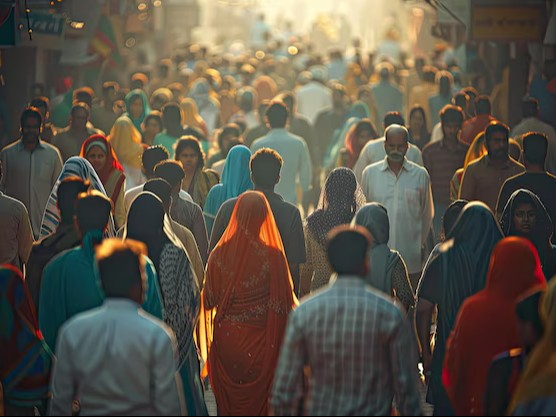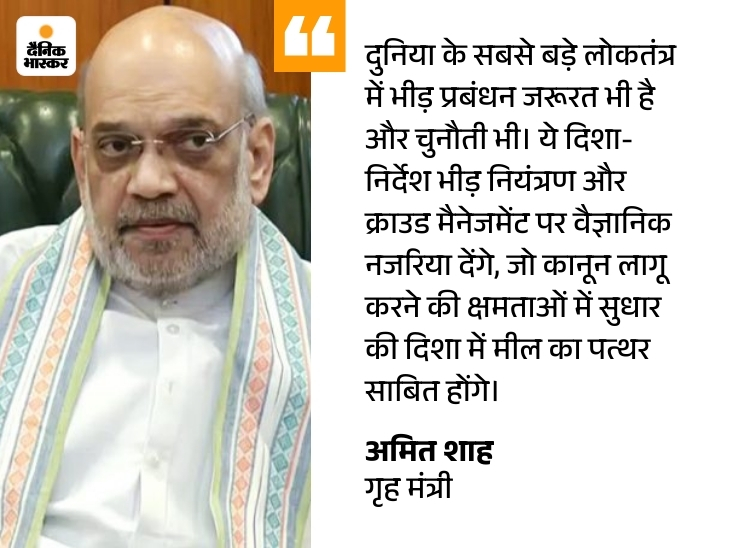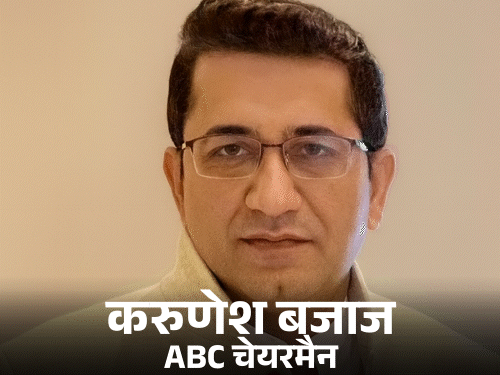New Delhi2 minutes agoAuthor: Mukesh Kaushik
- Copy link

The photo is symbolic.
The government has prepared new guidelines to control the crowd. Their focus is on protests and large events. This includes Kumbh -like fairs, sports stadiums, religious programs and discourses of babas etc. Communal riots, student movements and social media -operated public anger are also under its purview.
The Ministry of Home Affairs has created this guideline by looking at new circumstances. Rumors spread very fast during social media era. Research has been done on the new mentality of the crowd. On this basis, ‘Crowd Control and Mass Gathering Management’ guidelines have been made.
These standards are also important, because sudden performance provokes in social media deception. Such incidents have happened in three neighboring countries of India (Nepal, Bangladesh, Sri Lanka). Standard Operating Procedure (SOP) Bureau of Police Research and Development has prepared.
The documents provide methods of management of chaotic meetings. Management of social media and its retaliation have also been added. Crowd Behavior Module includes psychological, social and logistic aspects.
Models of deployment for illegal deposits and aggressive performances are given. Separate arrangements have also been suggested for the rallies of farmers and laborers.

Crowd of students control the most difficult
According to guidelines, a crowd of students can vandalize or loot on small provocation. They get public support on strict police action. In such a situation, restraint and patience have been described as the biggest key to success.
13 major reasons that worsen the situation
The new guidelines of the Ministry of Home Affairs clearly states that generally 22 to 40% of Muslim population areas are expected to have communal riots and violence. 13 reasons have been counted which can instigate communal violence and the police need to be cautious about them …
1. Any personal controversy between individuals or sides.
2. Playing music in a loud voice in front of the mosque.
3. To occupy religious places or surrounding land.
4. To take out a procession from the front of the majority area or religious place of another community.
5. Tampering with women or girls.
6. Marriage of young men and women of two separate communities.
7. incident of cow slaughter.
8. Forcibly add color to people of other communities in Holi.
9. Controversy over Gully-Mahlle’s cricket match or national/international teams support.
10. Insult statues of leaders of other communities.
11. Insult leaders of other community through social media posts.
12. Communal tension on issues of other districts, provinces or countries.
13. Violence on conversion.



